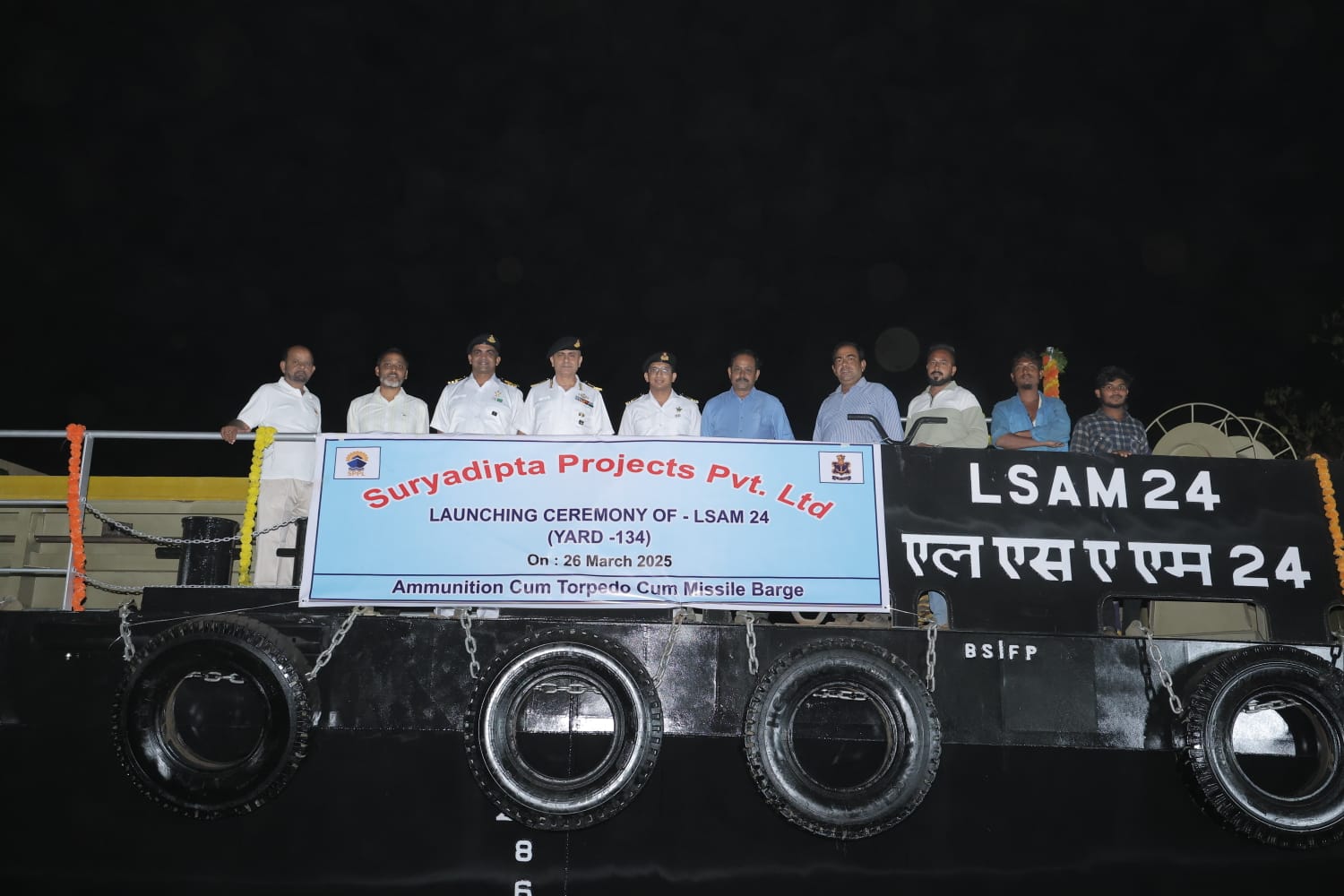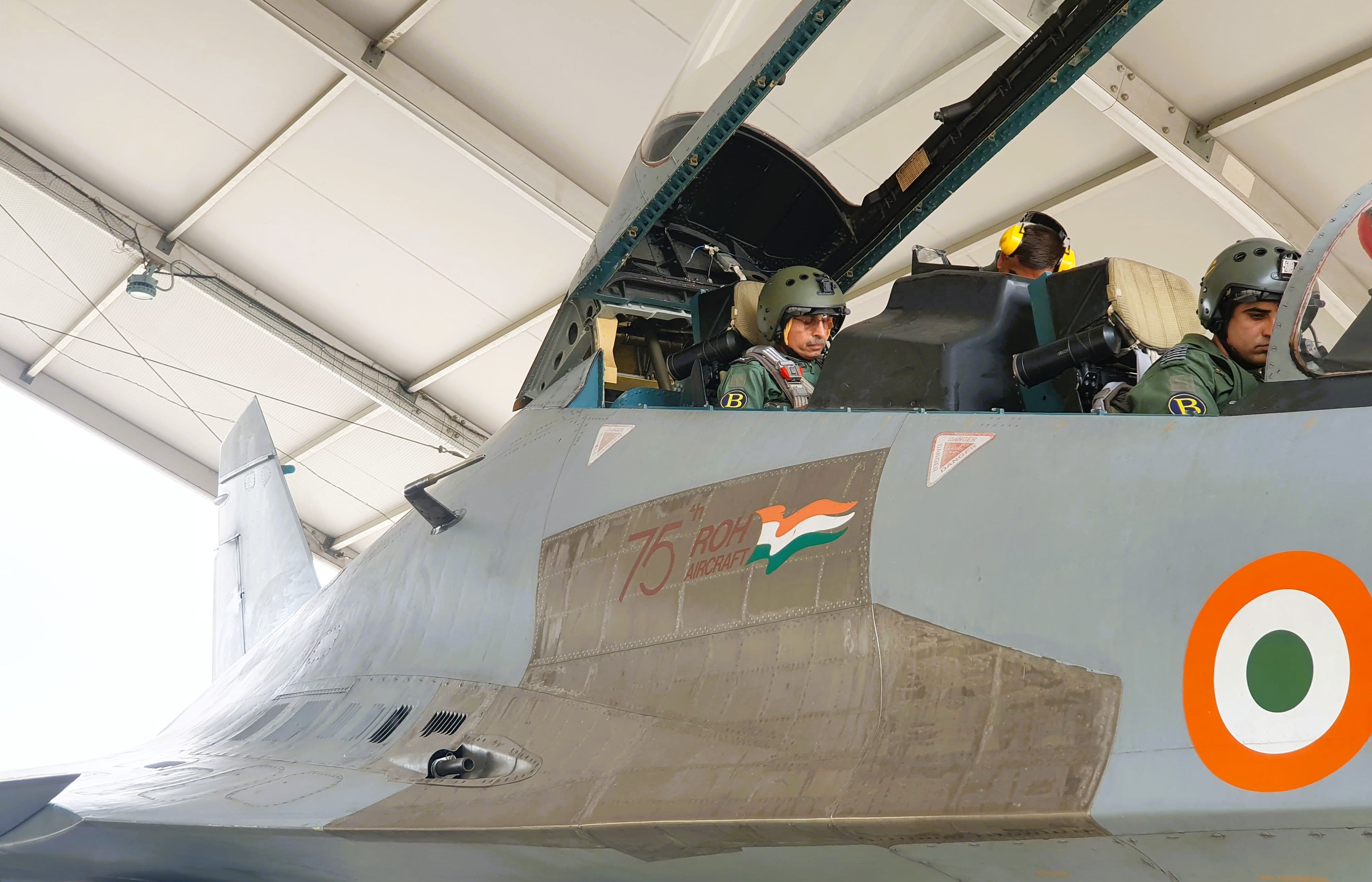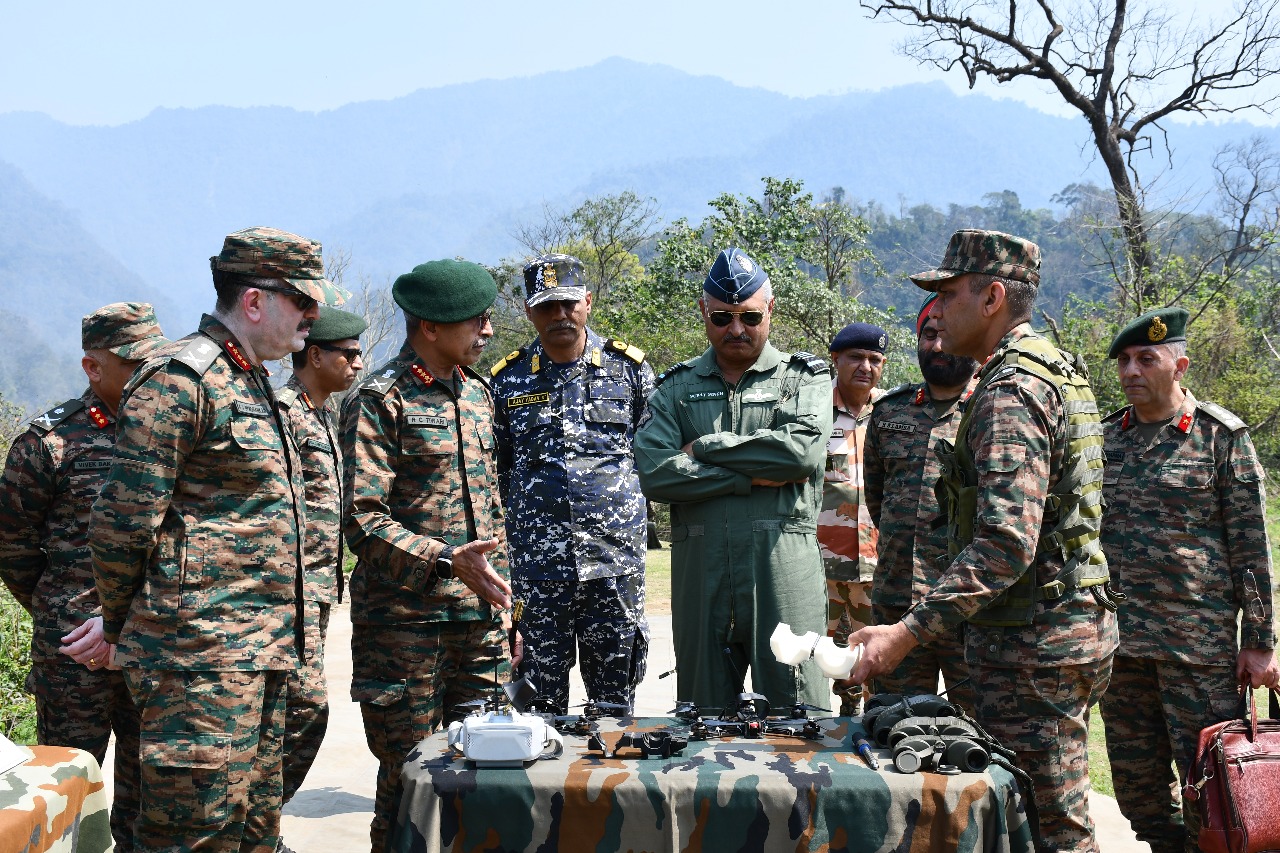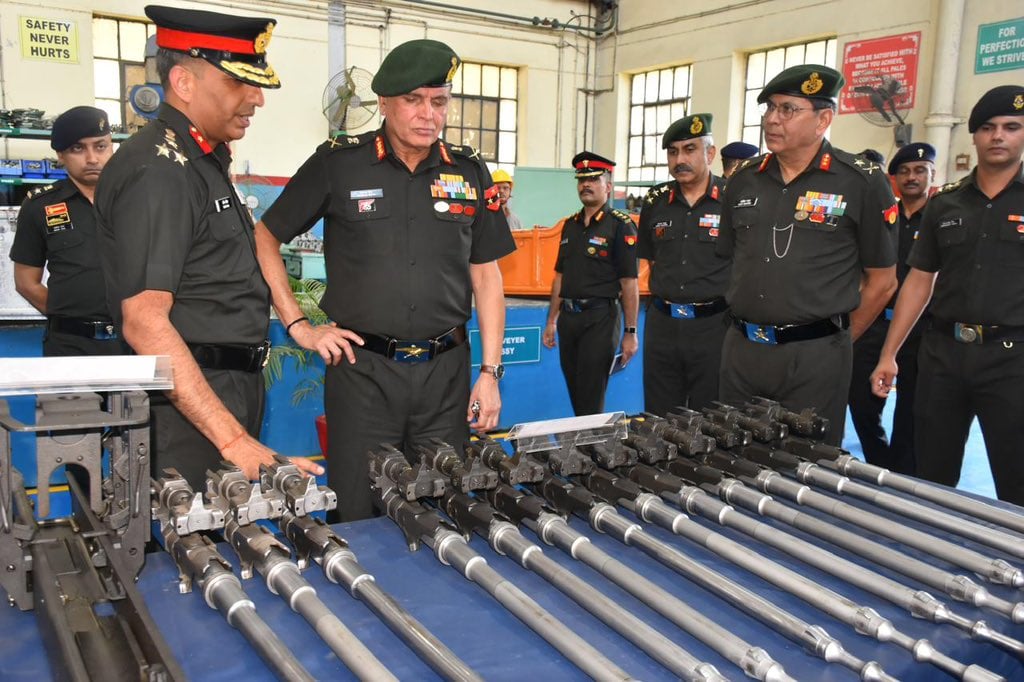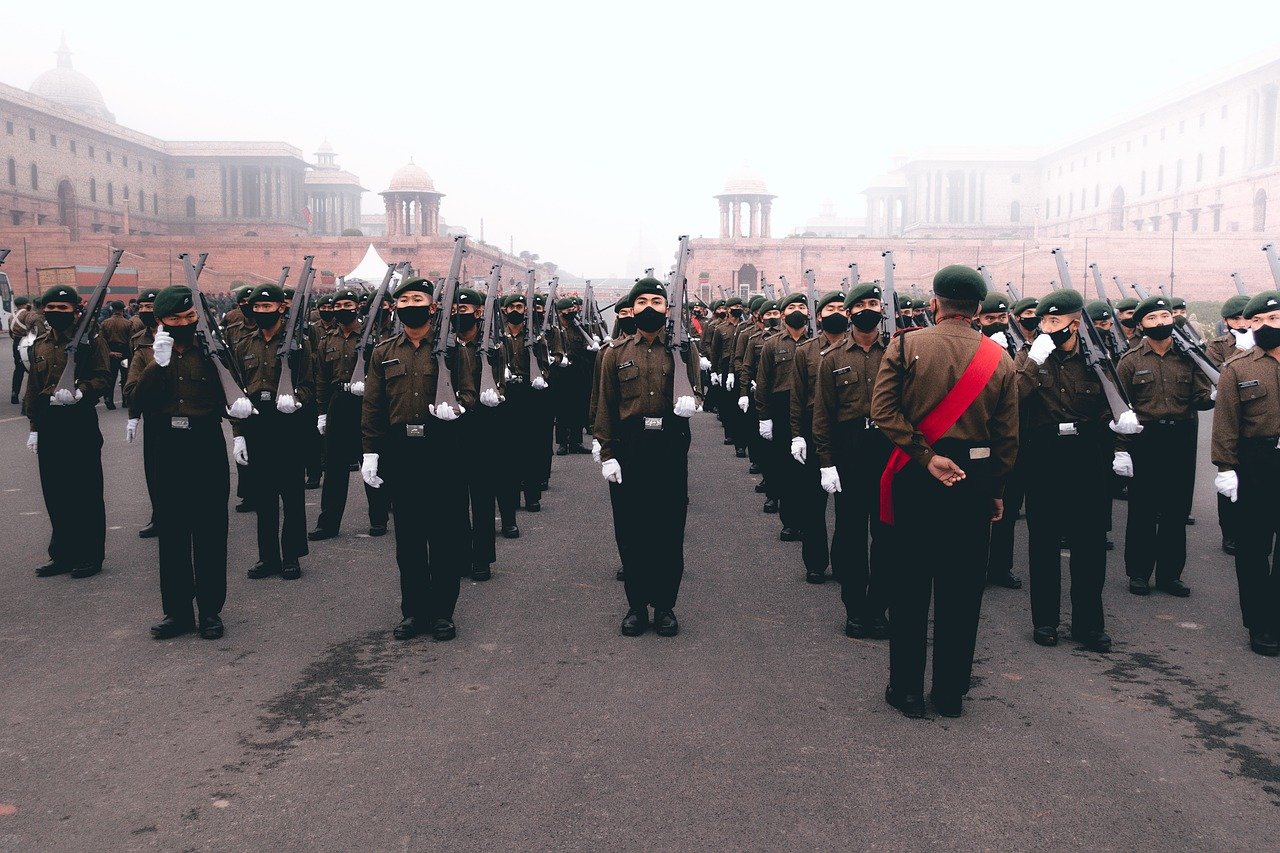The Indian Navy’s fleet received a significant enhancement in its surveillance capabilities as the indigenous remotely-piloted aircraft, Drishti-10, successfully completed its maiden flight following its recent induction.
Flagging off the Adani Defence-made Drishti 10 Starliner medium altitude long endurance (MALE) unmanned aerial vehicle (UAV) on January 10, Indian Navy chief Admiral R Hari Kumar marked a milestone in the country’s defence capabilities. The ceremony, held in Hyderabad, celebrated the integration of this advanced UAV into the naval arsenal.
Drawing inspiration from Israeli technology, Drishti 10 is based on the proven Elbit Systems’ Hermes 900 MALE UAVs, a testament to India’s efforts in leveraging global expertise to bolster its indigenous defence industry.
Assembled at Adani Defence’s Hyderabad facility, the drone symbolizes the synergy between international collaboration and domestic manufacturing prowess.
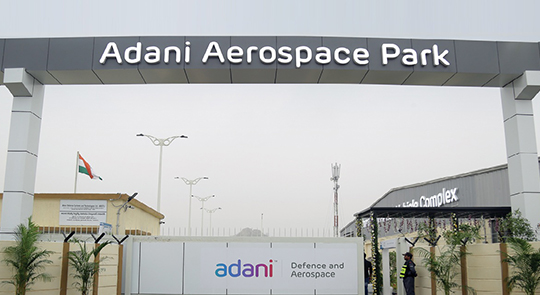
Established in 2018, Adani Defence’s Hyderabad facility is dedicated to the production of MALE UAVs under an agreement with Elbit Systems.
The facility, equipped with state-of-the-art infrastructure, aims to cater primarily to the export market, with approximately 20 drones already exported to various international customers.
With an impressive operational capability, Drishti UAVs are capable of conducting continuous surveillance for up to 36 hours and can carry a payload of 450 kilograms. This capability significantly enhances the long-range search and reconnaissance capabilities of both the Indian Army and Navy, providing crucial intelligence gathering capabilities.
Recognizing the importance of these advanced UAVs, the Indian Army has placed orders for two Drishti-10 drones from Adani Defence under emergency provisions.
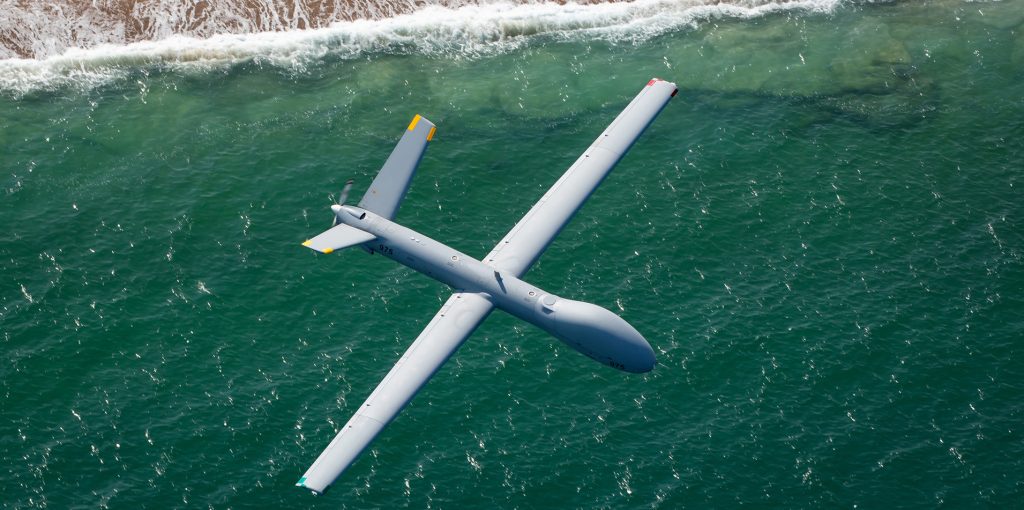
These drones are slated for deployment in strategic sectors, including Punjab and the desert regions, to bolster border surveillance and security.
Similarly, the Indian Navy plans to deploy Drishti-10 drones in Porbandar to monitor the maritime boundary with Pakistan, enhancing maritime domain awareness and bolstering coastal security measures.
The successful induction and maiden flight of Drishti-10 mark a significant milestone in India’s journey towards self-reliance in defence manufacturing. With cutting-edge technology and indigenous production capabilities, the Indian armed forces are poised to strengthen their operational readiness and defence preparedness in the face of evolving security challenges.

